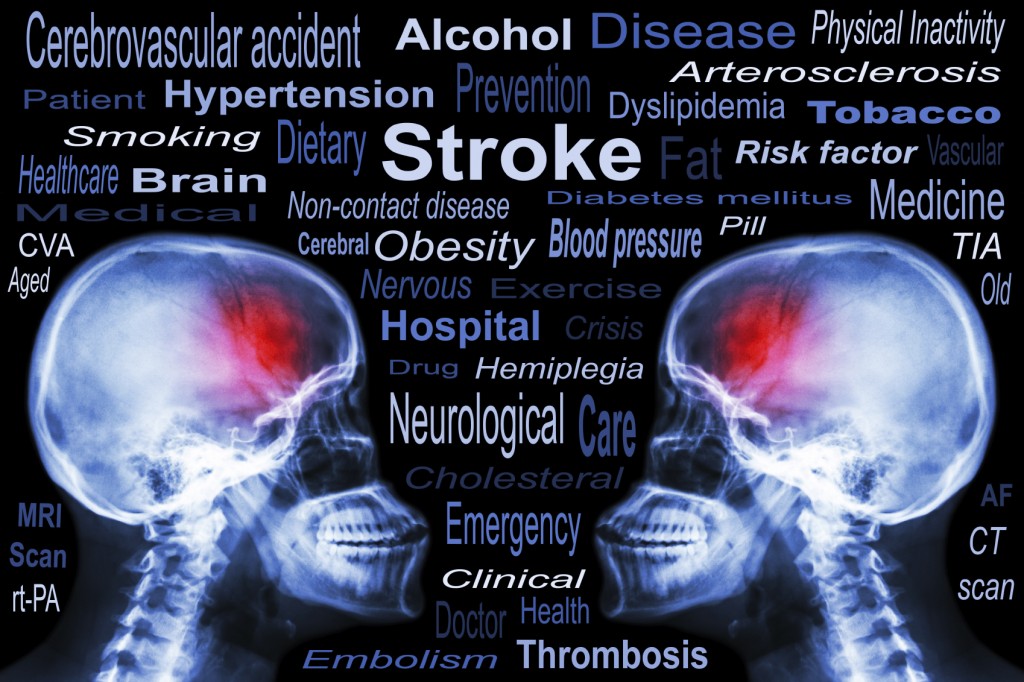FAST Action Can Reduce Stroke Damage To The Brain

Every 40 seconds someone has a stroke, and every four minutes someone in the U.S. dies from a stroke. Stroke is the leading cause of disability in the U.S. and the #5 cause of death. One out of six people will suffer a stroke in his or her lifetime. Are these statistics enough to make you ask – “what would I do if my loved one was having a stroke?”
The American Heart and Stroke Associations say to remember the signs of a stroke this way: F=face drooping, A=arm weakness, S=speech difficulty and T=time to call 911. Remembering FAST could make the difference between life and death or the difference between a full recovery and a permanent disability.
What is a Stroke?
There are three types of stroke:
1. Ischemic stroke occurs when a blood clot obstructs a blood vessel supplying blood to the brain and deprives the brain of blood flow. It is accounts for 87% of stroke cases.
2. Intracranial hemorrhage occurs when a weakened blood vessel ruptures, usually due to high blood pressure. The mass of blood from the ruptured artery pushes on the normal brain, reducing its blood flow and can directly damage the brain.
3. Subarachnoid Hemorrhage is a type of hemorrhagic stroke in which a weakness in the wall of a blood vessel dilates and bursts. These weakened blood vessels are called aneurysms and arteriovenous malformations or AVMs. Intracranial and subarachnoid hemorrhage account for about 13% of stroke cases.
4. A Transient Ischemic Attack (TIA) is often referred to as a “mini-stroke” and is caused by a temporary clot that prevents blood flow to the brain. They can be a predictor of a more serious stroke to occur in the future.
How is a Stroke Treated?
The good news is that most strokes can be treated if bystanders recognize the symptoms and react quickly to get the stroke victim to the emergency room.
Doctors in areas where stroke specialists are not on-site use the tools of the Stroke Network to connect with stroke experts as they treat patients in their emergency rooms. This provides the patient with the best possible outcome.
For an Ischemic stroke that treatment might include tissue plasminogen activator (tPA).
tPA is a clot busting drug which must be given within 3 to 4.5 hours from the first signs of a stroke. If the drug does not reduce the clots, minimally invasive surgery is required to remove the clots. This is generally performed by a neurosurgeon, who is a neuroendovascular specialist. These endovascular procedures are minimally invasive and often the patient is home anywhere from the same day to two days later.
Rehabilitation After A Stroke
Patients who do suffer a stroke can require physical rehabilitation. At Michigan Head & Spine Institute, physiatrists – physical medicine and rehabilitation doctors have the expertise to work with stroke patients to return each person to being able to function to the fullest extent possible.
For those who require rehabilitation, a consult with an MHSI physiatrist for stroke rehabilitation can be scheduled by calling 248-784-3667.